How to Use Row Cover in Your Garden
Row cover or garden fabric is a wonderful tool for anyone who wants to grow their own vegetables. This article is about how you can use row cover to succeed in the garden!
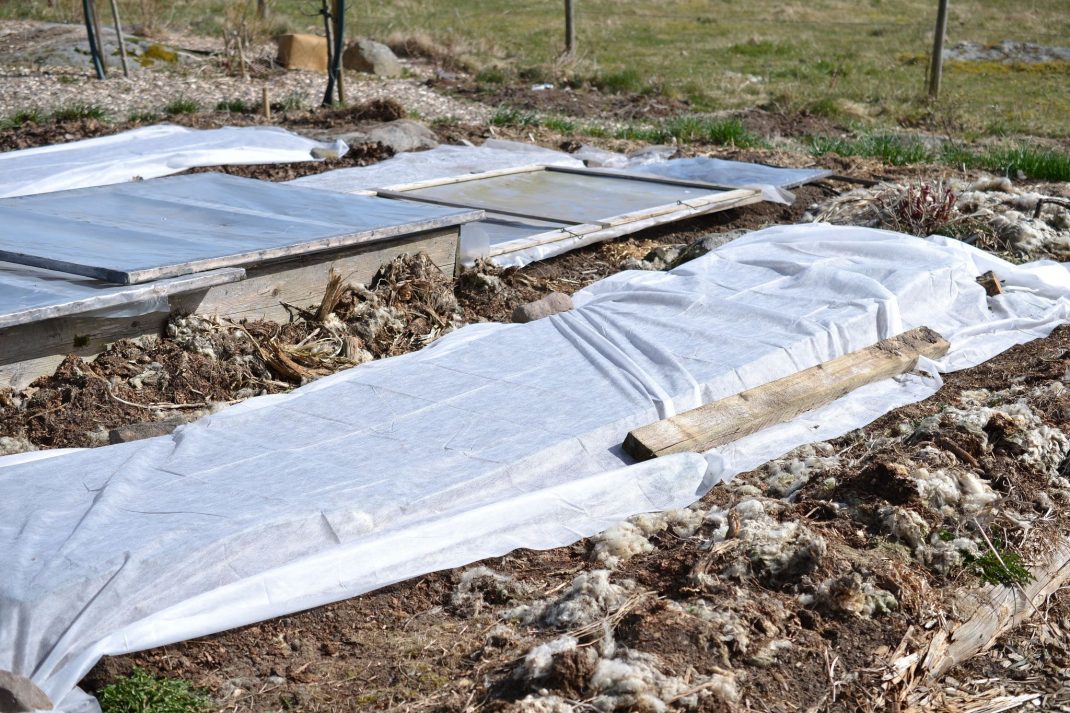
I use row cover and lids over the four large beds in the middle of my kitchen garden.
If you want to give your plants a good start in spring, then adding row cover (also called garden fabric) on top might just be the trick. This fabric can be used as a protective layer on top of your beds outside. You can also make good use of it for your raised beds or the pots in your greenhouse. Any spot with new and sensitive sowings or seedlings that is!
How does it work then? Well, the fabric protects the spot from any challenges, like curious animals and the elements. It also keeps the temperature in the soil and the air surrounding the plants stable. The soil always gets a little warmer when you use row cover, as a rule.
You can also use row cover to protect your mulch. Birds often start messing around with my mulch in spring when it's time to start building nests.
More smart solutions for your garden: How to use cardboard in the garden
Where can I find it?
Row cover/garden fabric is available in most regular garden centers. I either get them folded or on a roll. Sadly, many of these products aren't very durable. The thinnest fabrics might only last a season. Try to find the thicker fabrics from specialized stores if you can. You can usually use these a lot longer. The cheaper fabrics will protect your vegetables better if you put an extra layer on top though. But in general, I would recommend going to a store that sells equipment to professional gardeners.
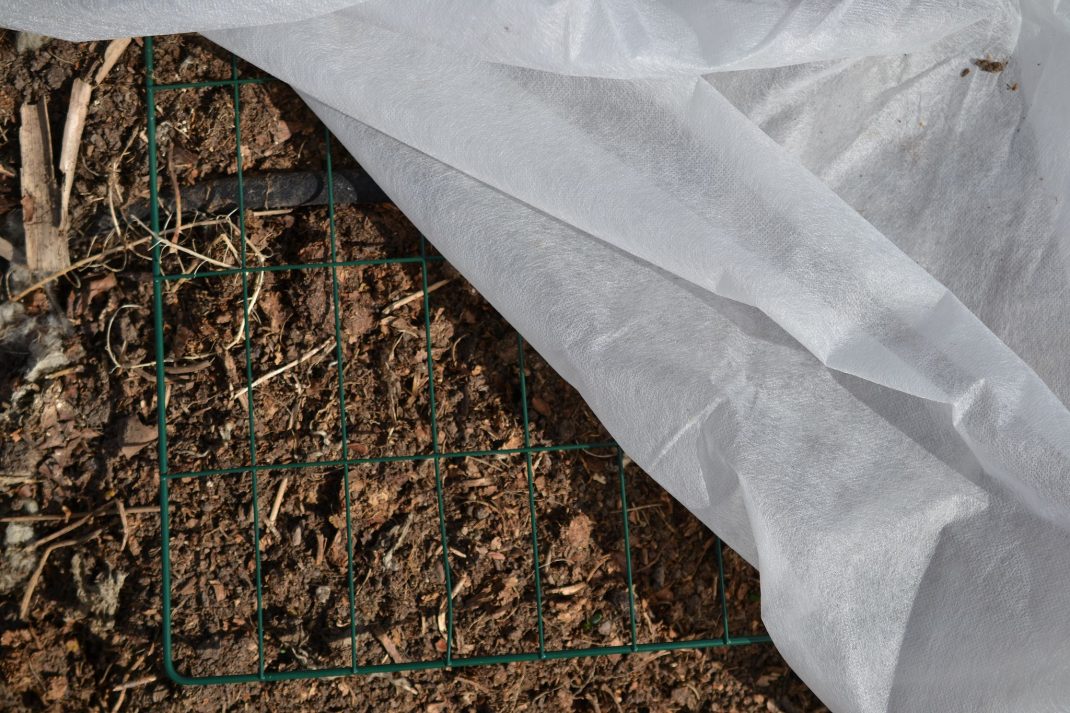
This is what the thin row cover looks like. I put it on top of some wire mesh so that the cover wouldn't weigh down on my new carrot sowing.
How much warmer?
So, how much warmer does it actually get? Actually, quite a lot. I decided to take a closer look at the temperature a sunny day in April. I grow my vegetables in southern Sweden, zone 3. This is what I found:
- bed covered with regular row cover - 62 degrees (17 degrees Celsius)
- bed covered with specialized row cover - 60 degrees (16 degrees Celsius)
- uncovered bed - 57 degrees (14 degrees Celsius)
- bed covered with mulch - 50 degrees (10 degrees Celsius)
The soil temperature will of course make a huge difference when it comes to germination and seedling growth. I would say that the row cover makes the biggest difference in early spring or late winter. You might even be able to grow spinach or lettuce at this time. A few degrees here and there might not seem like a lot, but it can actually make a huge difference. Now in late spring, the plants grow really well even in an uncovered bed. But the plants that are protected when very small will definitely grow a lot faster than the uncovered ones. Especially if the nights are cold.
More about covering your plants: Mulching with wool
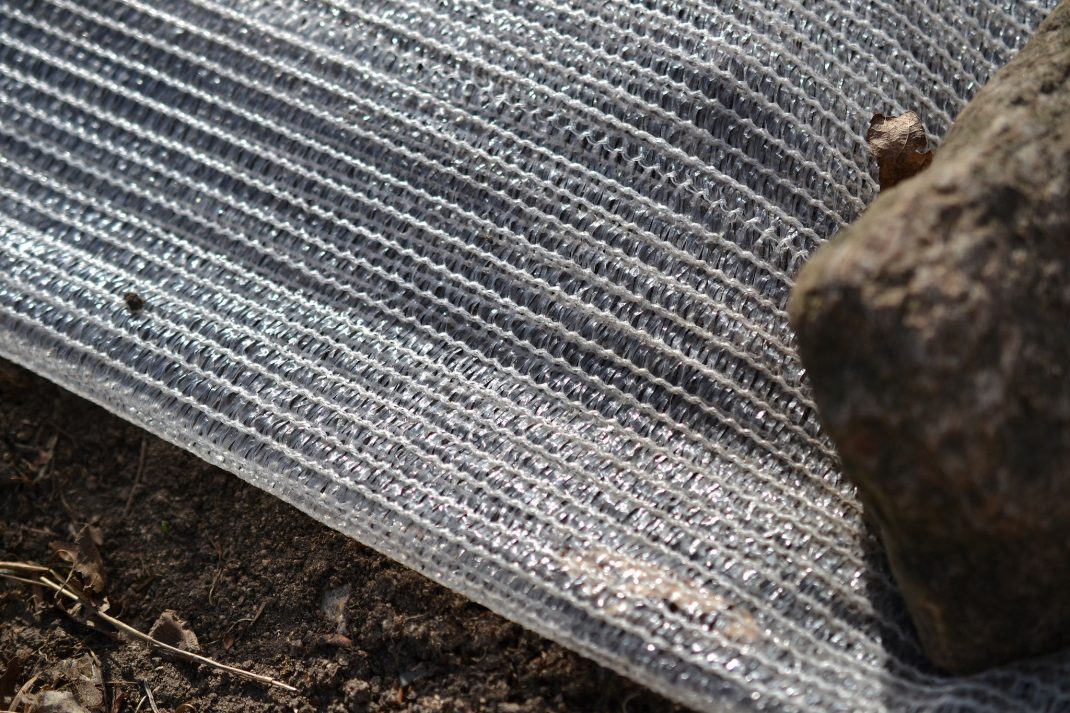
This is what the special fabric Climata looks like. It helps keep the soil warm, and works really well.
Use row cover in early spring
I mainly use row cover for these vegetables in early spring:
- spinach
- lettuce
- arugula
- napa cabbage
- radish
- dill
Different options
There are plenty of different options out there. Some of them are very thin, others thicker. And then there are the more advanced row covers of course. These are often tightly woven and made in a similar material to the one used for the little bags of onions you can buy in the store. Thicker row covers will help keep the heat in the soil there longer, as opposed to when you don't use any cover at all.
One of my favorites is more advanced variety called Climata. I use it to protect and warm the soil in spring, but also to keep the pests away from my cabbages in summer.
Learn more about protecting your beds: Mulching raised beds
Watering
It would be such a hassle to remove all the covers as soon as the garden needs water in spring. But thankfully, you don't have to. The water can actually trickle trough most fabrics (except for the thickest ones perhaps) and you can leave them right where they are.
Since the fabric might get a bit heavier with time, you might want to put a little wire mesh between the soil and the cover. This will create a little pocket of air. Put rocks or pieces of wood in the corners of the bed before adding the mesh on top, and then just add the row cover. Don't forget to secure the corners of the cover so that the wind won't catch it, you can use rocks for this if you want.
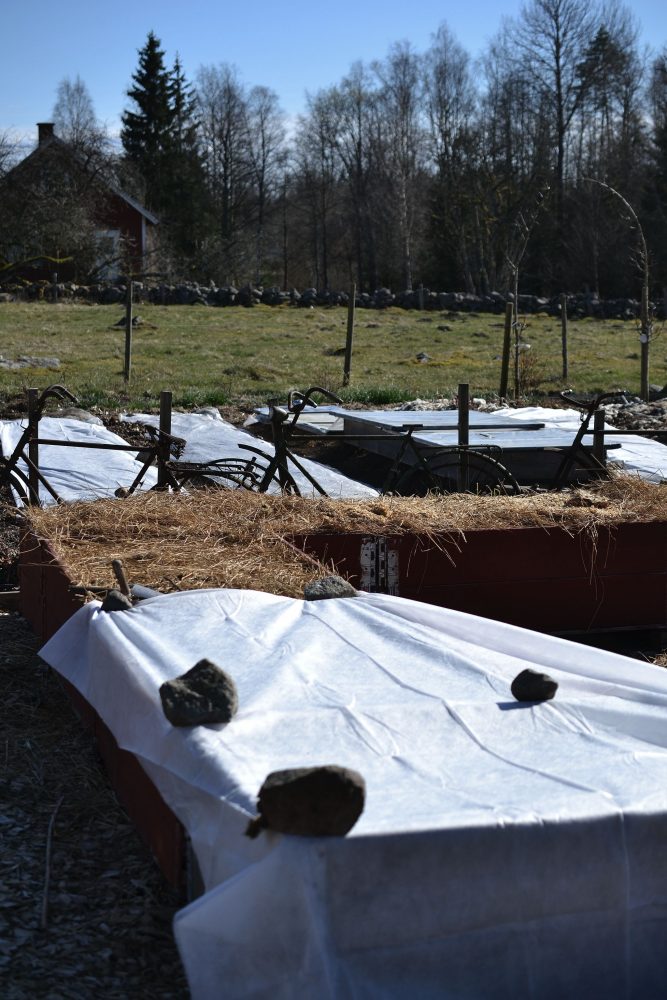
You can use the row cover on top of your raised beds too. It works really well!
Tips
You can use these fabrics in numerous ways, it all depends on what your garden looks like and what you need. You can just add it right on the soil and then just put a few rocks on top so that it doesn't blow away. I often put wire mesh on top of sensitive sowings like carrot, so that the fabric doesn't push down on the tiny little plants.
Wire mesh works great for raised beds too. I start with the wire mesh, add row cover on top and then just a rock or two to keep it down. This way, I make sure that the fabric isn't weighing down on the plants.
There are other solutions to this problem too of course. You might want to get little hoops that you can put your fabric on top of, for example. If you want to protect larger bushes or small trees from frost, you can always just wrap the fabric around them.
Choosing the fabric
One thing to remember is to not use regular garden fabric for your cabbages in summer. These fabrics are often too tightly woven and cabbages need an airy environment to thrive. They bolt quite easily if it gets too hot and stuffy in there. Ask around before getting your fabric, so that you get the right kind for your needs.
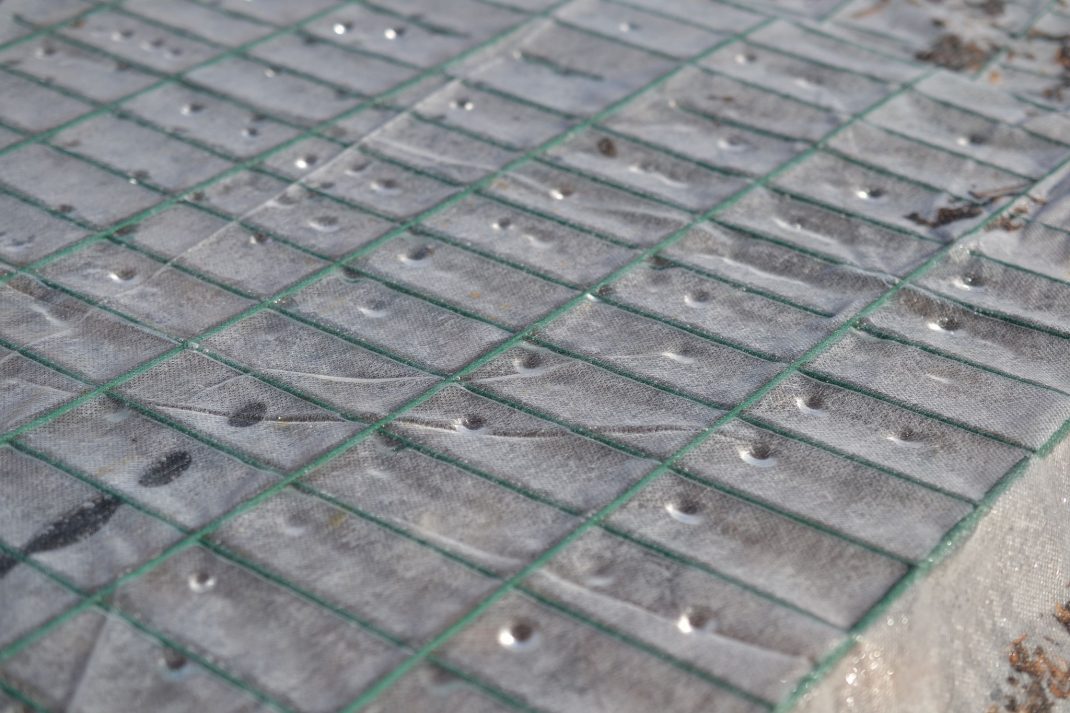
You can water most row covers, because the water trickles through. So, no need to remove the fabric before you water.
It doesn't matter if you have a large or small garden, I really recommend using row cover for your plants and vegetables. It's the perfect tool to use when you want your plants to start growing early, or you need to protect them against the cold in fall.
Good luck!
/Sara Bäckmo
11. May 2020
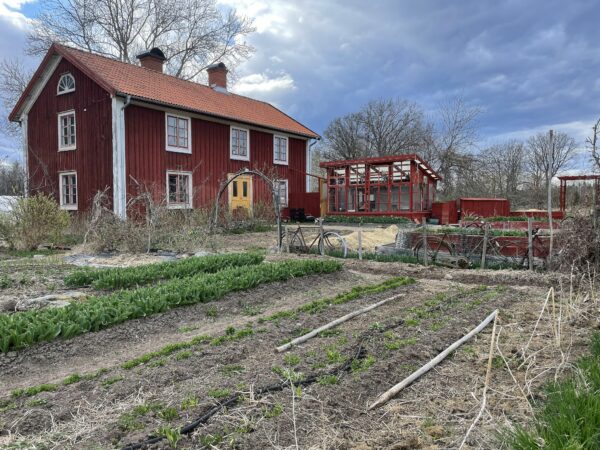
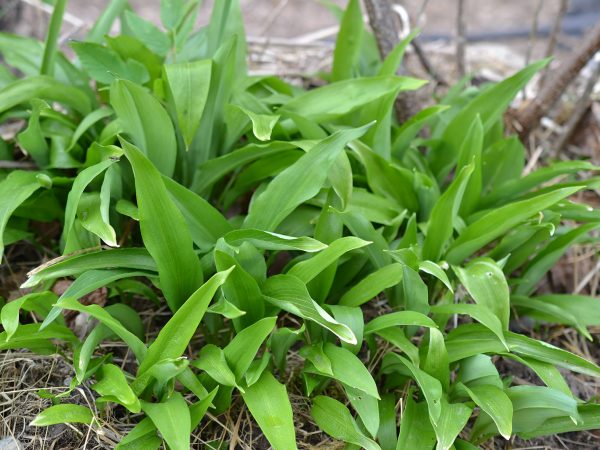
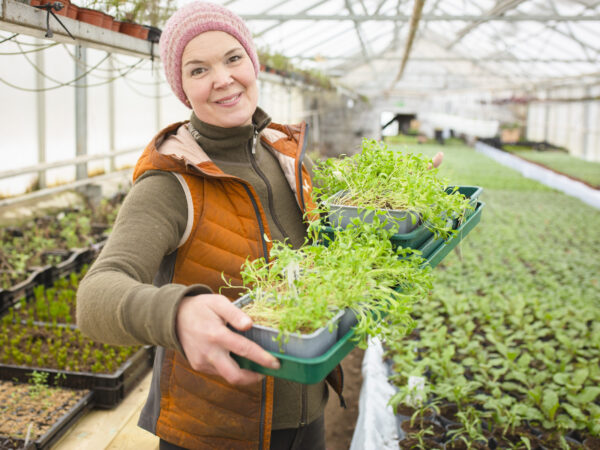
Great article! I like how this post is educating me about garden during this time of pandemic.
Great article!
Thank you! I am glad that you enjoy it!